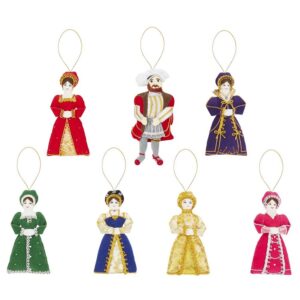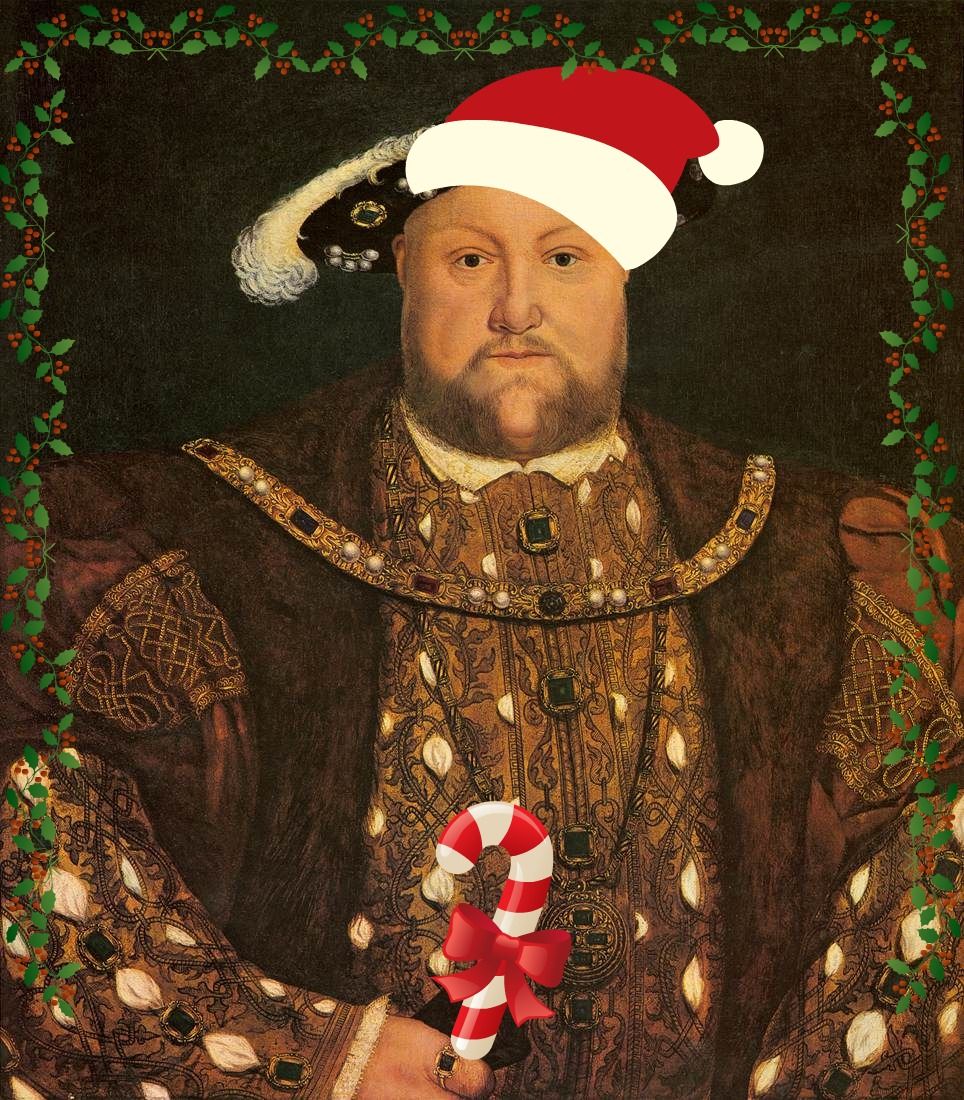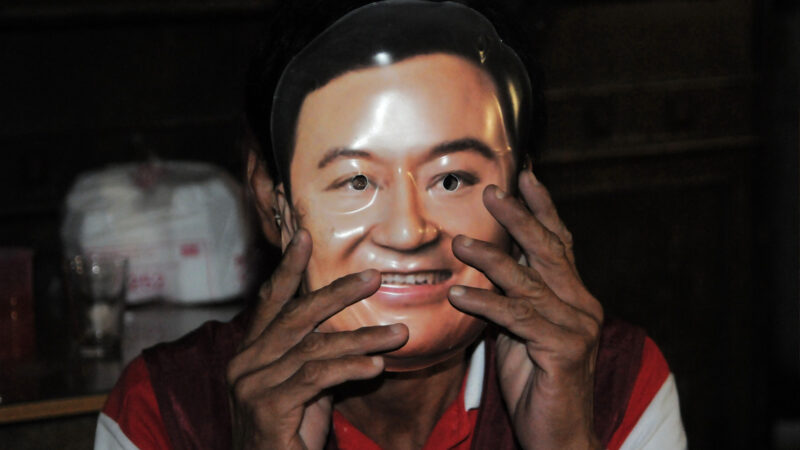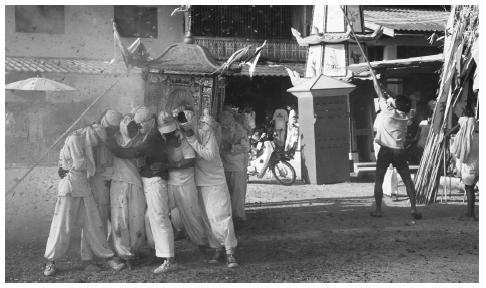“… but here a jolly
Verse crown’d with ivy and with holly;
That tells of winter’s tales and mirth
….
And thus throughout, with Christmas plays,
Frolic the full twelve holy-days.”
(Robert Herrick, ‘A New Year’s Gift to Sir Simeon Steward’, 1628)
Although many of the traditions of modern Christmas were inspired by literary works of the nineteenth century (read more here) some go back much further. The traditional Christmas has its roots in the ninth century, when King Alfred commanded that there should be a holiday on Christmas Day and the 12 days after (the Three Wise Men travelled for 12 days) and no-one could be made to work during this period.
The Twelve Days of Christmas were a feature of Tudor England and included many practices that still exist. Although Henry VIII is best known for his wives, he also has much to teach us about modern Christmas traditions and here are twelve of them.

- 24th December was Christmas Eve and the last day of a period of fasting, which is why decorations could only be put up on that day, including holly and ivy and yule logs (burning logs by the fire), although Christmas trees weren’t yet a thing. This tradition still holds in some households, but not in the commercial world!
- Christmas was also a time for ghost stories by the fireside, based on the belief that the winter solstice was the time when the barrier between this world and the next was thinnest and spirits could walk the earth. This tradition was most followed on Christmas Eve and continues today, best represented by Charles Dickens.
- 25th December (Christmas Day) was officially the start of the Twelve Days of Christmas. Food was a very big part of a Tudor Christmas. For good or bad, the first record of sprouts being eaten at Christmas is in 1587.
- Speaking of food, turkey was introduced in England in 1526 from the New World and Henry VIII was among the first to enjoy it as part of a festive meal.
- Mince pies were also part of the spread at this time, although not quite as we know them now. They were large pies containing 13 ingredients to represent Christ and his disciples, including chopped mutton and dried fruits and spices.
- Spices were an important part of Christmas eating, including cinnamon, ginger, cloves, and nutmeg. Spices were expensive and considered a treat that many could only enjoy at this time. Many Christmas foods continue to use spices.
- 26th December (2nd day of Christmas) is now called Boxing Day, based on the tradition for people to go from house to house visiting neighbours, family and friends. Boxing Day remains a day for visiting others and also for charity (another tradition).
- 27th December reminds us of traditions around drinking as well as eating at Christmas. This day was the feast of St John the Evangelist, said to have miraculously recovered from drinking poisoned wine. In Henry VIII’s time, wine was consumed in large quantities on this day, including the passing of wassail bowls, filled with warm ale, wine or cider mixed with spices and honey. Wassail comes from an Anglo-Saxon toast meaning “be well” or “be in good health”.
- Wassailing was associated with singing Christmas carols, which were nearly all religious and based around the Nativity story. “We Wish You a Merry Christmas”, “Good King Wenceslas”, “The Coventry Carol”, “While Shepherds Watched”, “Ding Dong Merrily on High”, “In Dulce Jubilo” and “The First Noel” are some of the carols that date from this period.
- Throughout the Twelve Days, the Tudors had a Lord of Misrule, who acted as mock king and a supervisor of entertainments. One of the characters in the Lord of Misrule’s entourage was a character called ‘Captain Christmas’ or ‘Prince Christmas’, based on the Saxon’s King Winter, King Frost or Father Time and anticipating our own Father Christmas (Santa Claus).
- 1st January was New Year’s Day and was traditionally the day on which gifts were given. Christmas presents were particularly important at the royal court, where a ‘gift roll’ was kept of gifts given and received by the king.
- 5th January was Twelfth Night and was a time when people went to the theatre to watched plays, masques and pageants (as well as having the final big feast of the holidays).
Happy Christmas and don’t just keep it to one day!







Twelve Days – TapestryWorks
[…] of the best-known Christmas carols is The Twelve Days of Christmas, referencing the twelve-day festival we have previously written about. Twelve Days first appeared in print in eighteenth-century England in a children’s songbook, […]